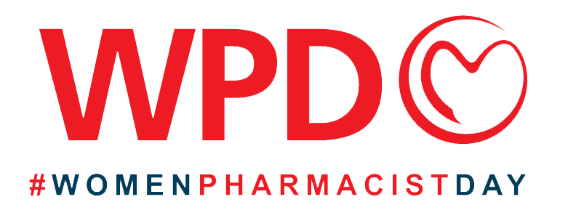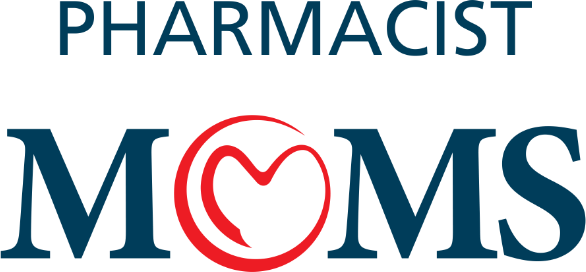Pharmacist Moms Group™

Psychiatric pharmacists enhance opioid use disorder treatment through innovative protocols, collaboration, and education.

Psychiatric pharmacists enhance substance use disorder (SUD) care by managing medications and treatment strategies.

Expert highlights the critical need to manage skin toxicities in oncology, ensuring effective cancer treatments while addressing patient well-being and adherence.

If datopotamab deruxtecan (Dato-DXd) is approved for first-line metastatic TNBC, it could significantly influence clinical practice by providing an effective option for patients, particularly those ineligible for immunotherapy or with PD-L1–negative disease.

Pharmacists play a critical role in educating patients about potential side effects, monitoring for early signs of toxicity, and coordinating supportive care measures, including growth factor support for hematologic events.

New findings on nodal radiation for breast cancer patients highlight the importance of lymph node involvement and tumor size in treatment decisions.

The FLEX study enhances breast cancer treatment by integrating genomic data, guiding therapy choices, and improving patient outcomes.

Studying antibody–drug conjugates (ADCs) in patients ineligible for immunotherapy addresses a critical unmet need in PD-L1–negative metastatic TNBC, where targeted treatment options are limited.

If sacituzumab govitecan (SG) is approved for first-line metastatic TNBC, it could meaningfully shift clinical practice by providing an effective option for patients ineligible for immunotherapy or with PD-L1–negative disease.






.png)



